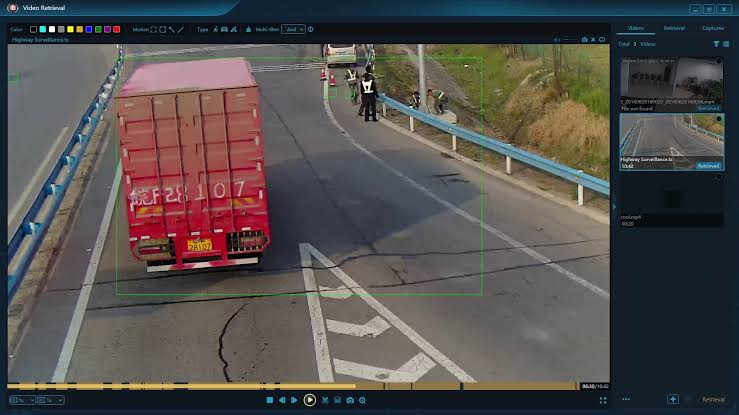The realm of video analysis has become increasingly sophisticated, thanks to the advancements in forensic video analysis software. While the basics involve extracting and enhancing visual information, the true power of these tools lies in their ability to employ advanced techniques that go beyond the ordinary, unraveling complex scenarios and shedding light on the unseen. In this exploration, we dive into the world of advanced techniques with forensic video analysis software, showcasing how these tools elevate investigations to unprecedented levels.
Notable Advanced Techniques With Forensic Video Analysis Software
- Pattern Recognition and Behavior Analysis
Forensic video analysis software equipped with advanced pattern recognition algorithms can identify recurring behaviors and patterns within video footage. This capability proves invaluable in tracking suspect movements, identifying potential threats, and establishing timelines in investigations.
- Object Tracking and Reconstruction
Advanced software goes beyond simple object detection; it allows investigators to track objects dynamically across frames. This feature is particularly useful in following the trajectory of a moving vehicle, monitoring the path of an individual, or reconstructing the sequence of events leading to an incident.
- Facial Recognition in Video Sequences
Facial recognition technology has evolved to function seamlessly within video analysis software. It enables the identification and tracking of individuals across different frames, aiding investigators in establishing connections between suspects and locations.
- Scene Reconstruction for Virtual Walkthroughs
Forensic video analysis software can reconstruct crime scenes in a virtual environment, providing investigators with a 3D walkthrough of the incident. This not only enhances the understanding of the crime but also aids in presenting compelling visual evidence in court.
- Deep Learning for Anomaly Detection
The integration of deep learning algorithms allows forensic video analysis software to detect anomalies within video footage. Unusual behaviors, unexpected movements, or objects out of context can be flagged, alerting investigators to potential points of interest within the visual data.

Forensic Video Analysis Software
- Image and Video Forgery Detection
Advanced techniques include the ability to detect forgeries and manipulations within images and videos. Forensic video analysis software employs algorithms that analyze pixel-level details, identifying signs of tampering or alterations. This is crucial in ensuring the integrity of visual evidence presented in court.
- Integrating Geospatial Data
Some forensic video analysis software goes beyond video frames and incorporates geospatial data. By overlaying video information onto maps, investigators can gain a comprehensive understanding of the geographical context, enhancing the depth of their analysis.
- Audio-Visual Synchronization
Achieving synchronization between audio and visual elements in video footage is a critical aspect of forensic analysis. Advanced software seamlessly aligns audio and video tracks, providing a more accurate representation of events and aiding investigators in establishing timelines.
- Simultaneous Multi-Camera Analysis
Investigations often involve footage from multiple cameras. Advanced forensic video analysis software can analyze and synchronize multiple video streams simultaneously, allowing investigators to piece together a comprehensive narrative from different vantage points.
- Metadata Extraction and Analysis
Beyond the visual content, advanced tools can extract and analyze metadata associated with video files. This includes information such as camera settings, timestamps, and geolocation data, providing additional layers of context for investigators.
Conclusion
The utilization of advanced techniques within forensic video analysis software marks a paradigm shift in the capabilities of investigative teams. From uncovering intricate patterns to reconstructing crime scenes in a virtual environment, these tools redefine what is possible in forensic video analysis. As technology continues to advance, the synergy between advanced algorithms, artificial intelligence, and forensic expertise will undoubtedly propel investigations into new frontiers. Beyond the basics, it is these advanced techniques that hold the key to unraveling the most complex and challenging cases, ensuring that justice is served with precision and clarity.


